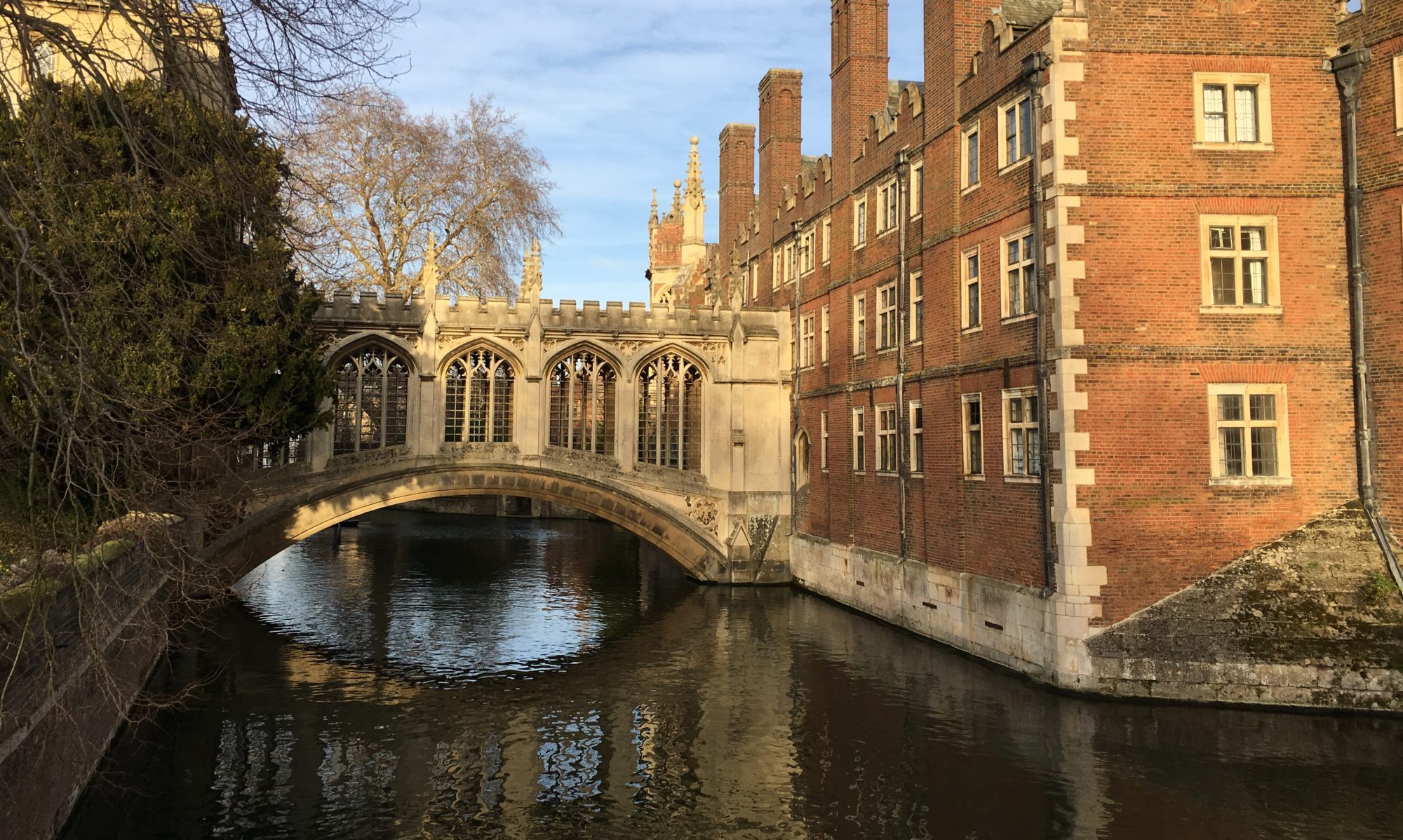The way to the secret garden is through a pale blue gate in the brick garden wall of an imposing Victorian house (dubbed the Pightle); through a passageway of forsythia and lilac and across the big back lawn (watch out for badger worm dig-holes) occupied only by a garden shed and some scattered lawn furniture and banks of tall, dark trees full of birdsong; through a stand of brush and hedge under which badgers have dug their elaborate sett and are sleeping somewhere underfoot[1]; and beyond this hedge are the plots of once-fallow ground claimed for now by enterprising, green-hearted Newnhamites, who have built and sprouted a community of gardens. First labor of love: the allotment beds for Fellows and students, and on the neighboring square, the subject of this post: the Newnham Garden Club’s new permaculture garden.

Pightle gate

